Nowe Miasto nad Pilicą 2013-03-16
In the previous chapter, we completed the construction of the Nowe Miasto nad Pilica airport. In this chapter we will discuss the further history of the airport.
Airport hosts.
In 1958, a new stage in the reorganization of aviation education in Poland began. The new, modern equipment required a different, significantly expanded supply and security system. In the new assumptions, the cadet was to receive a larger raid during the 3-year training. The young pilot was to leave the university walls with a total flight time of 215 hours; 115 hours on training planes and 100 hours on combat aircraft.
Therefore, it was decided to create the Air School Regiments on the basis of the existing School Squads (in two schools in Dęblin and Radom). That is why the Order of the Minister of National Defense No. 075 / org. issued on December 31, 1957. The order ordered to create, on the basis of the squadrons, Aviation School and Training and Combat Regions. And so, within the framework of the School in Dęblin (named after Janek Krasicki), they were established;
- 58 Air Training and Combat Regiment in Dęblin, commander major pilot Piotr Rojek, planes; MiG-15, UTIMiG-15, Lim-1, CS-102.
- 59 Aviation Training and Combat Regiment in Biała Podlaska, commander major pilot Edward Sochaj, airplanes; MiG-15, UTIMiG-15, Lim-1, CS-102.
- 52 Aviation School Regiment in Radzyń Podlaski, commander major pilot Stefan Czarnecki, TS-8 Bies, Jak-11 planes.
- 23 Training Squadron of Navigators in Dęblin, commander major pilot Grzegorz Winter.
- 24 School Squadron of the Reserve Pilots in Ułęż, the commander of the captain, pilot Ryszard Miearańński.
- 25 School Squadron in Podlodowo-Krzewica, commander captain, pilot Stanisław Piekara.
The school in Radom (Żwirka i Wigura) was established;
- 60 Air Training and Combat Regiment in Radom, Major Commander, pilot Feliks Skrzeczkowski, planes; MiG-15, UTIMiG-15, Lim-1, CS-102.
- 61 Aviation Training and Combat Regiment in Nowe Miasto nad Pilica, commander major Józef Kowalski, planes; MiG-15, UTIMiG-15, Lim-1, CS-102.
- 63 Aviation Training and Combat Regiment in Tomaszów Mazowiecki, commander major pilot Kazimierz Ciepiela, MiG-15, UTIMiG-15, Jak-11 planes.
- 64 Aviation School Regiment in Przasnysz, commander major pilot Bolesław Andrychowski, TS-8 Bies, Jak-11 planes.
Each of the newly formed regiments consisted of two squadrons, according to the number of 20/452. The aviation training and combat regiment was to include 40 pilots-instructors, 40 MiG-15 machines, 18 UTIMiG-15 aircraft and 10 TS-8 Bies aircraft, the production of which has just been launched. At the moment, Junak-3 and Yak-11 machines were used for training.
It must be remembered that air training and combat regiments in the "W" situation would be secondary combat units. Most of these regiments were disbanded after a few years. The 58th Air Training and Combat Regiment and the 61st Air Training and Combat Regiment, which survived the longest, until 2000, were exceptional.
So, since 1958, the 61st Air Training and Combat Regiment became the first real host of the airport in Nowe Miasto on the Pilica river. The 61st Air Training and Combat Regiment was formed in 1958 on the basis of the order of the Ministry of National Defense No. 57 of December 31, 1957. The regiment was created on the basis of the 1st combat pilot squadron from Radom and the 4th transitional pilot squadron from Oleśnica. It consisted of the headquarters and staff, two air squadrons, as well as a technical squadron. From the first days of its existence, the regiment was included in the Żwirki i Wigury in Radom. The regiment dealt with the aviation training of cadets specializing in fighter pilots. Logistically, the unit was served by the 45th Air Force Command Squadron and the 12th Supply Battalion.
Initially, the 61st Air Training and Combat Regiment was equipped with planes; single-seater MiG-15 and their Polish counterparts Lim-1, two-seater UTI MiG-15 and their Czechoslovak counterparts CS-102, which were purchased for the Polish Army. In the following months and years, there were more Polish planes; single-seater Lim-1 and Lim-2 and two-seater SB Lim-1, SB Lim-2.
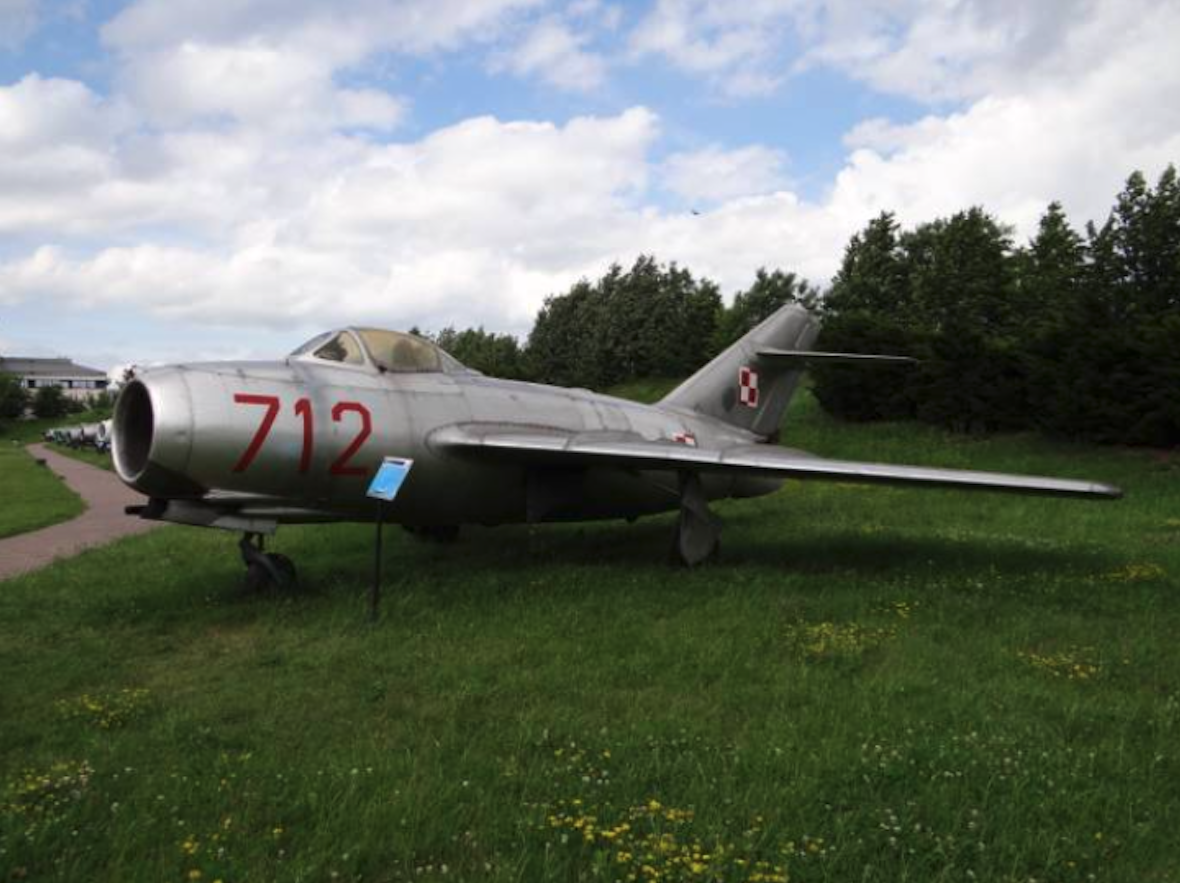
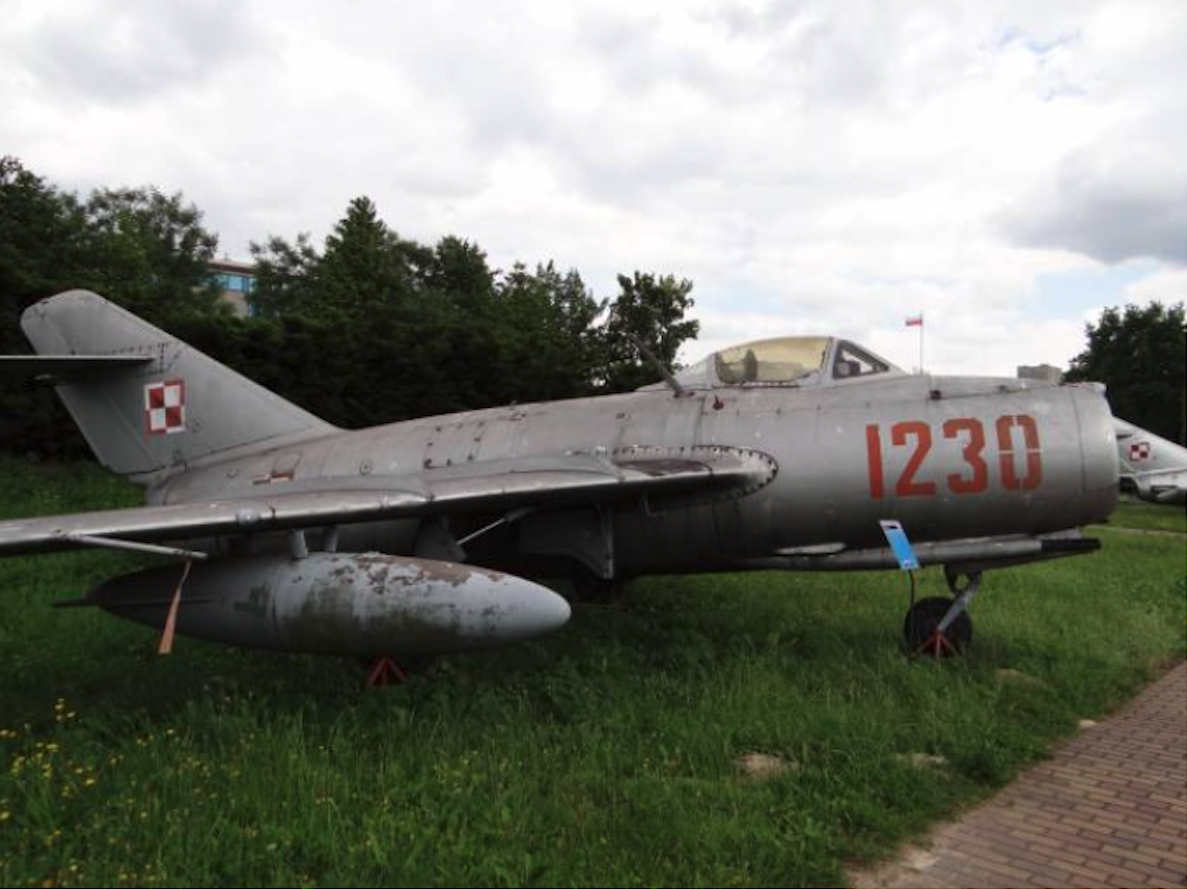
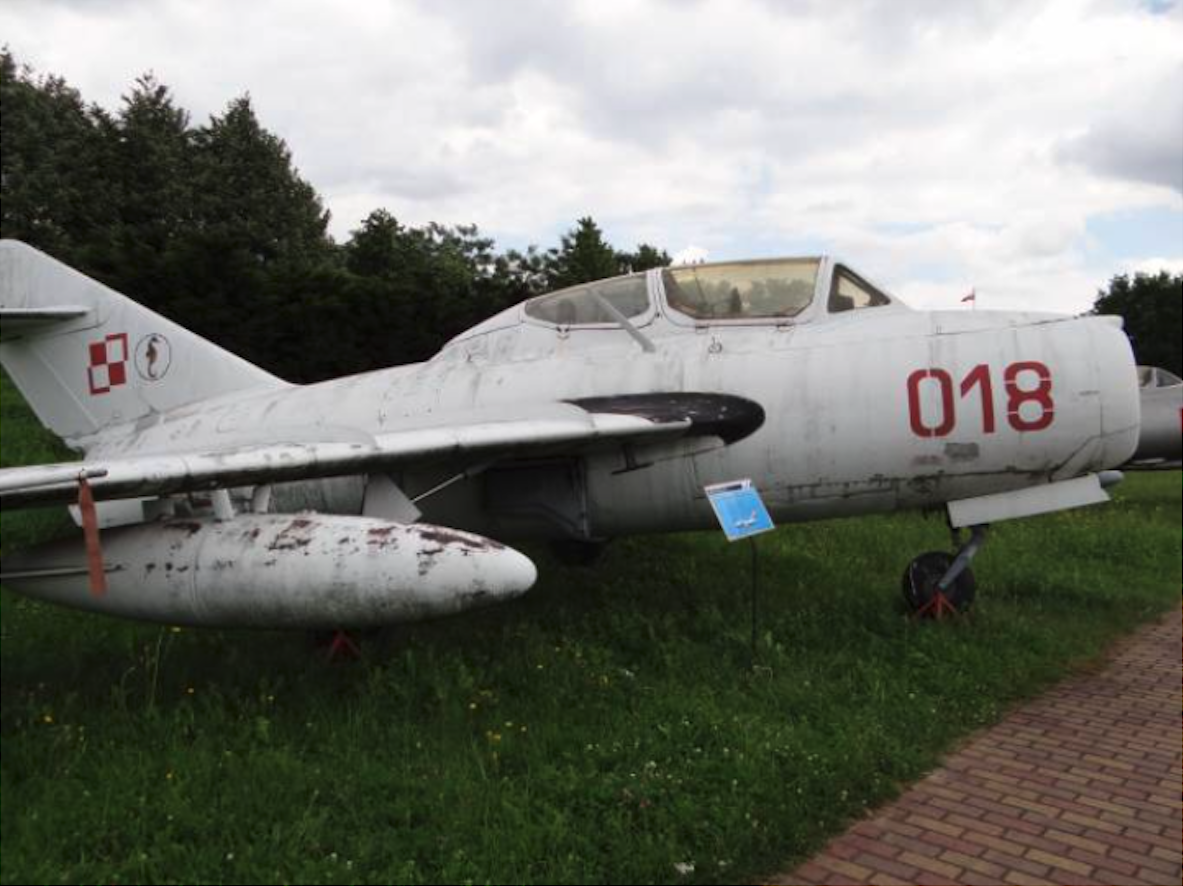
In 1959, a new building, important for aviators, was put into operation, i.e. a parachute. The facility is extremely important for the proper and safe use of parachutes. Cubature 1 654 cubic m, usable area 231 m 2.
The hangar at the airport was not built until 1961. The hangar has a metal structure. Cubage 13,420 cubic m, usable area 1,538 m 2. This facility allowed for inspections and repairs to be carried out in much better conditions. This hangar exists to this day (2012).
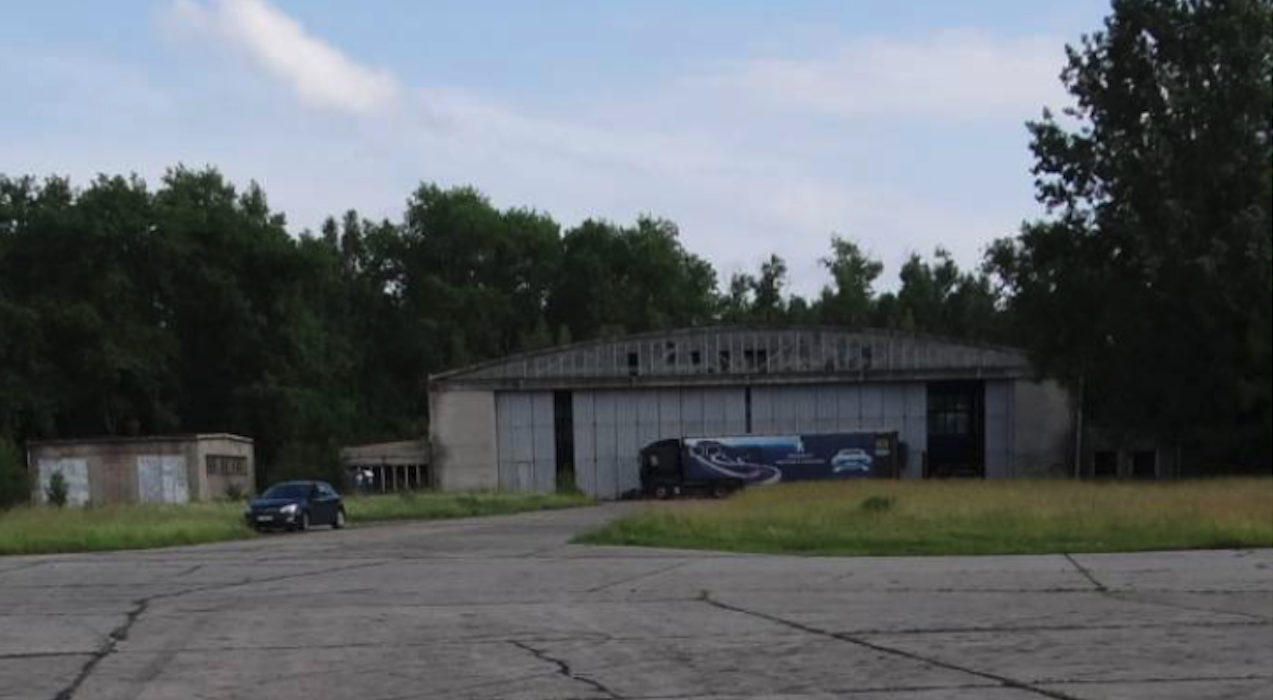
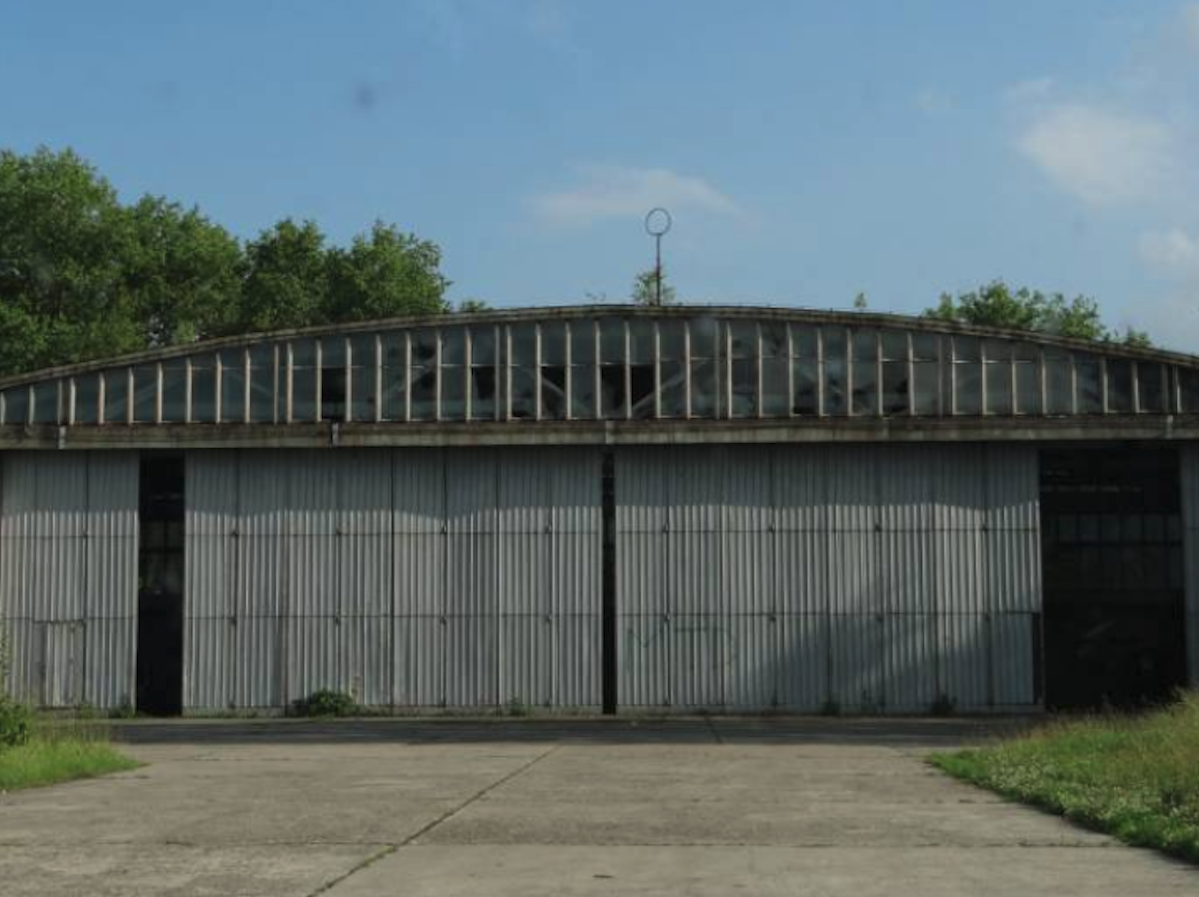
The air traffic control tower (WKL) with the pilot's house and a new weather station were built in 1971. The building has a usable area of 237 square meters and a cubic volume of 1,552 cubic meters. It is a five-storey brick building. A few words of explanation here. There is a belief that an airport without an air traffic control tower is primitive. However, let us consider the nature of fighter and assault aviation at that time. Due to its purpose, it was to operate as close to the front line and fought as possible. It was also supposed to use the DOL (airport road section). It also had to function at airports with significantly damaged infrastructure. So it had to be mobile, both in the air, and quickly change its home location. So, by the nature of things, GDL will not be everywhere. All functions performed by WKL were performed by mobile stations placed on cars. In Poland, these vehicles were and are still called "krasula".

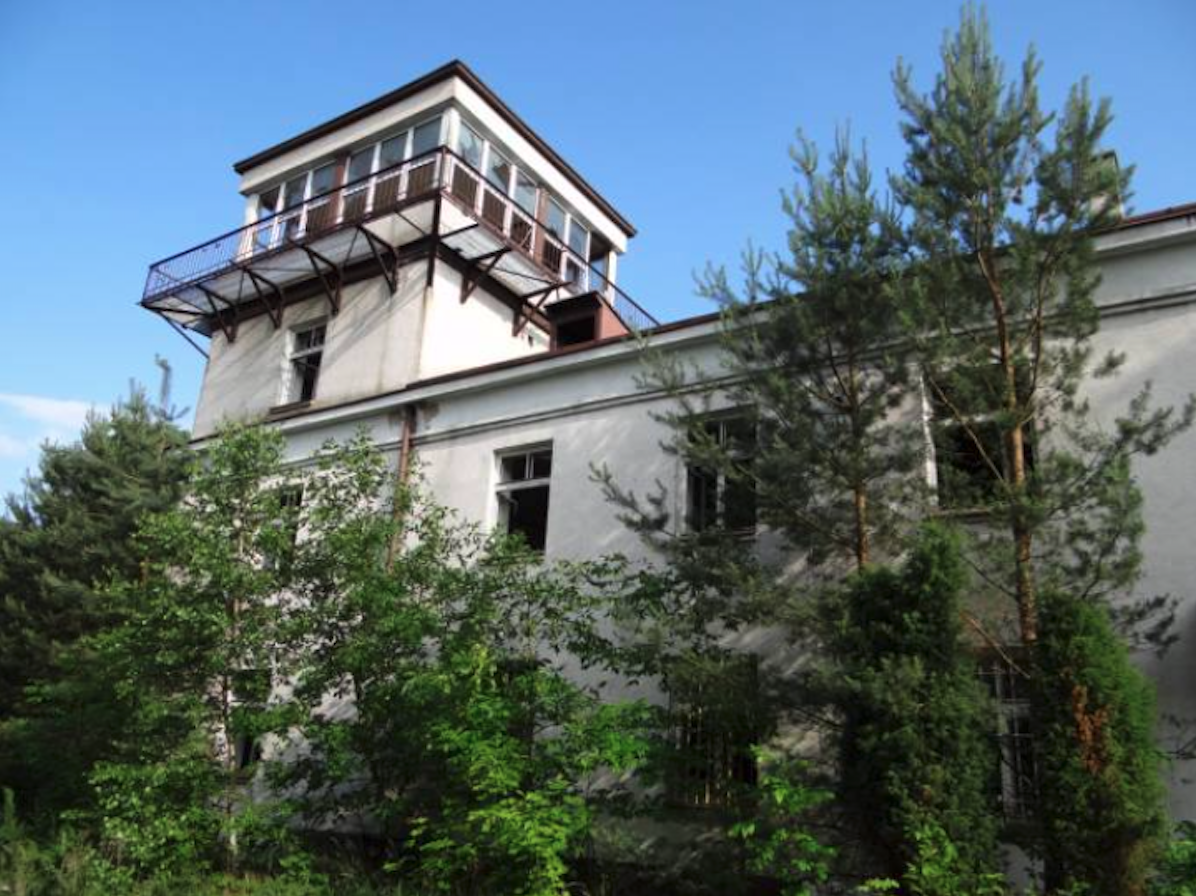
At the beginning of the 1970s, another barracks building was built. The living conditions have improved significantly. Three air squadrons were placed in the new barracks. They remained in the old barracks building; security (guard) companies, cars, communications and flight insurance.
Commanders of 61: LPSzB: - Maj. Pil. Józef Kowalski, - major pil. Henryk Nowak, - major pil. Tytus Krawczyc, - Lt. Col. pil. Stanisław Konopiński, - Lt. Col. pil. Józef Archita, - major pil. Kazimierz Wolak, - Maj. Pil. Aleksander Turczyniak.
In 1977, the 61st LPSzkB was transferred from Nowe Miasto on the Pilica to Biała Podlaska Airport.
From November 4, 1977, the 47th School Helicopter Regiment was stationed at the Nowe Miasto Airport. It was ferry from the Modlin Airport, where it was based initially as the 47th Liaison-Sanitary Aviation Regiment, with helicopters and airplanes. The shortage of helicopter pilots forced the creation of a training unit.
47 School Helicopter Regiment, it was a unit of Military Unit 1540. The regiment was formed on May 15, 1963, under the name of the 47th Liaison-Sanitary Aviation Regiment on the basis of an order of the Ministry of National Defense No. 1 of February 9, 1963, the Regiment's stopping point was Modlin Airport. The base for the formation of the regiment was: a squadron from the 52nd School Regiment from Radzyń Podlaski, the 27th sanitary air squadron from Przasnysz and the 4th sanitary squadron from the 36th Independent Special Aviation Regiment from Warsaw. The tasks of the regiment included rescue and sanitary operations, flights for the army and the state, topographic flights and securing exercises. Initially, the regiment was equipped with SM-1, SM-2, Mi-4 helicopters and Jak-12 planes. On August 23, 1964, the regiment was awarded the standard. In 1969, the Regiment was renamed the 47th School Aviation Regiment, and its main tasks were from then on to train WOSL cadets and SChPL WL cadets in Dęblin. The regiment was transferred to Nowe Miasto on the Pilica river on 4 November 1977, and the regiment stayed at this airport until the end of its existence. Also at that time, at the end of the 70s, the regiment was equipped with Mi-2 helicopters, and its training character was focused mainly on training helicopter crews.
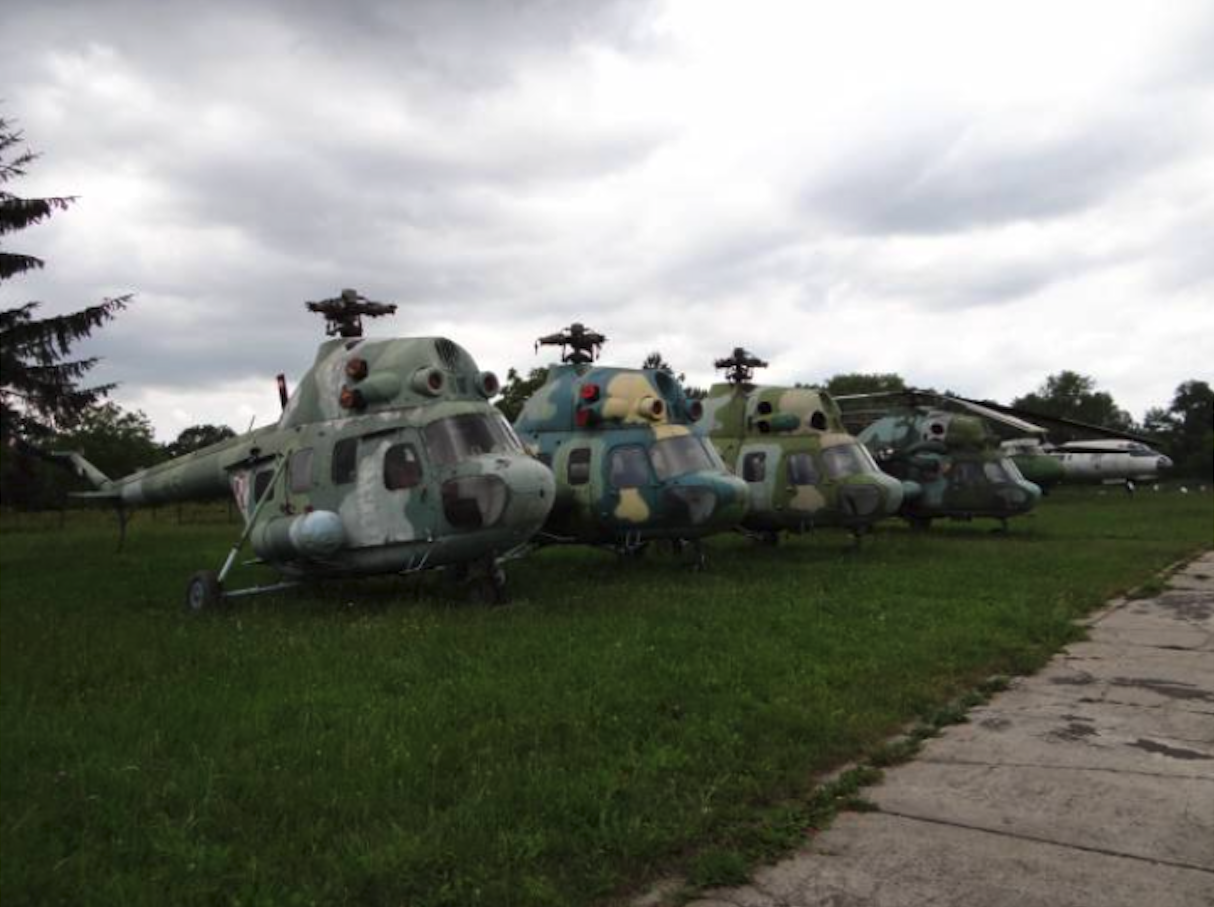
Along with the ferrying of the 47th Regiment to Nowe Miasto on Pilica, the unit was equipped with Mi-2 helicopters, the production of which was launched at PZL Świdnik. After 1993, the regiment operated PZL W-3 Sokół helicopters. Their production was also started in PZL Świdnik. The regiment used the following W-3 Sokół helicopters, side numbers; 0415, 0417, 0418, 0419, 0501, 0502, 0516, 0517, 0518, 0519, 0520, 0601, 0602, 0603, 0604, 0605, 0606, 0607, 0608, 0609, 0610, 0611, 0612, 0613, 0614, 0615, 0616, 0617, 0618, 0619, 0620, 0701, 0702.
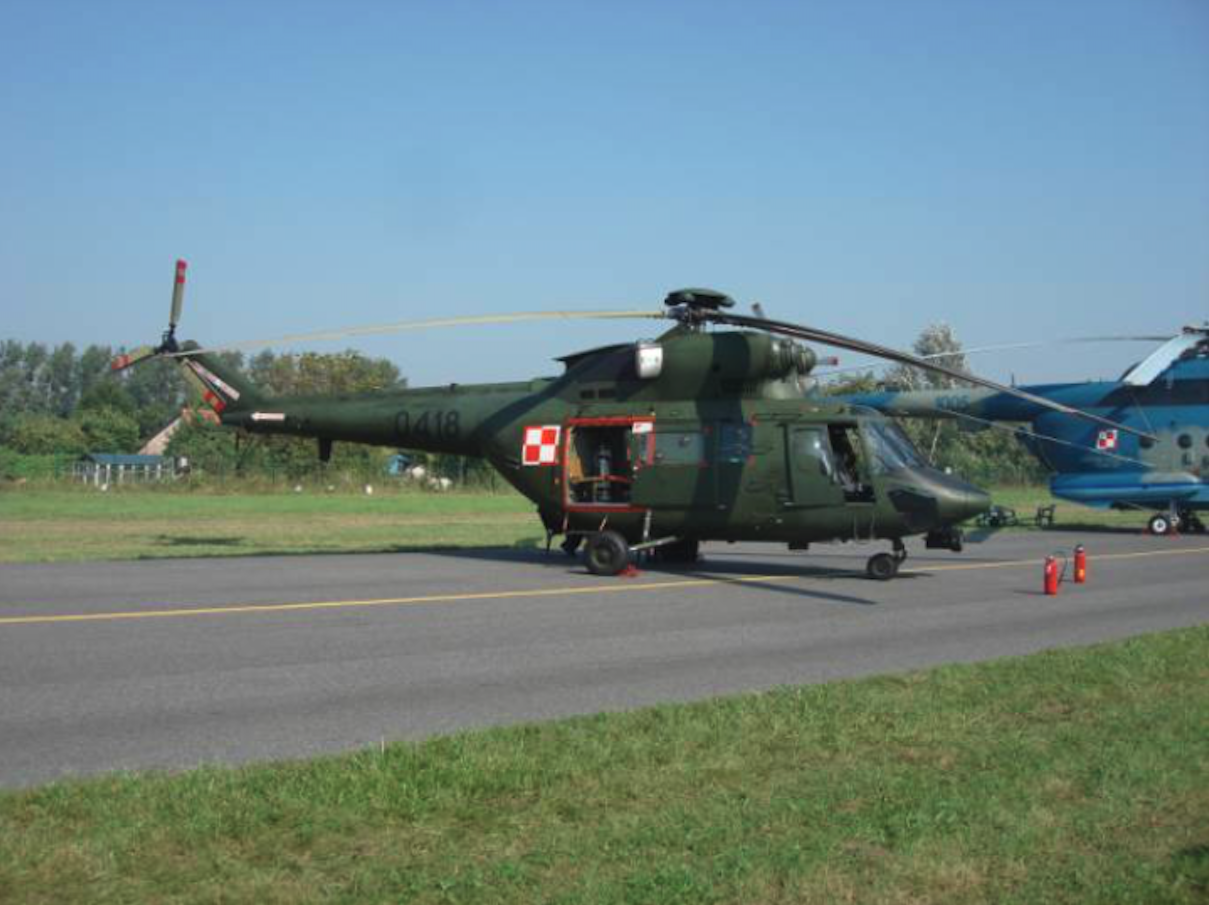
The 47th School Helicopter Regiment was stationed in Nowe Miasto on Pilica until the airport was closed, that is until December 31, 2000.
Commanders of the 47th School Helicopter Regiment:
- Col. pil. Stefan Czarnecki (1963 - 1970)
- Col. pil. Władysław Karłowicz (1970 - 1973)
- Col. pil. Józef Frączyk (1973 - 1976)
- Col. pil. Andrzej Majewski (1976 - 1980)
- Col. pil. Józef Pęcko (1980 - 1988)
- Col. pil. Andrzej Pussak (1988 - 1990)
- Col. pil. Marian Gonet (1990 - 1998)
- Col. pil. Marek Markiewicz (1998 - 2000)
- Col. pil. Adam Ziolkowski (2000)
Written by Karol Placha Hetman
